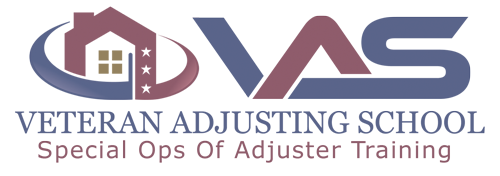ONCE THE STORM HITS…IT IS TOO LATE. START YOUR ADJUSTER TRAINING!
Good timing is critical to successfully launching a career as an Independent Insurance Adjuster.
Many people who talk to us about starting a career as an independent adjuster take the “wait and see” approach and straddle the fence as the storm season draws near. Their idea is to wait until a hurricane, or tornado hits and then try to jump in as an adjuster when demand is at its highest. This seems a perfectly reasonable approach at first glance. But the truth is if you aren’t trained and ready by the time that storm hits…it already too late!
Let’s examine why…
1) Licensing takes time…
To work in any state you will need to get a license. (Even if your state doesn’t require it…your adjusting firm will.) So getting your home state license is the first step. (And for those whose home states don’t license adjusters we can point you in the right direction). But getting your license can take some time. Aside from studying for, scheduling, and passing your home state’s exam or taking a prelicensing course; you must also wait for the license application to be processed. This can take up to 6 weeks in some states. Add it up and the entire process can easily take two months or more. If you have to wait two months on a license in the wake of a major storm, you won’t be working that storm.
2) Preparation is key to successful first deployment…
3) Getting on a Roster…
Summary – Now is the Time!
Beginning your career transition into independent insurance adjusting well before storm season arrives will dramatically improve your odds of deployment and your success while deployed. Get licensed and trained now and let us help you get to know the industry so you are “Storm Ready” when the next catastrophe hits.
If you would like to learn more about how you can start your career as an Independent Insurance Adjuster the right way just click the link to get in touch with us. We are an accredited Insurance Adjuster School that offers comprehensive adjuster training from writing claims and Xactimate to product identification and “customer service”.
Visit our website at www.vas-trained.com

